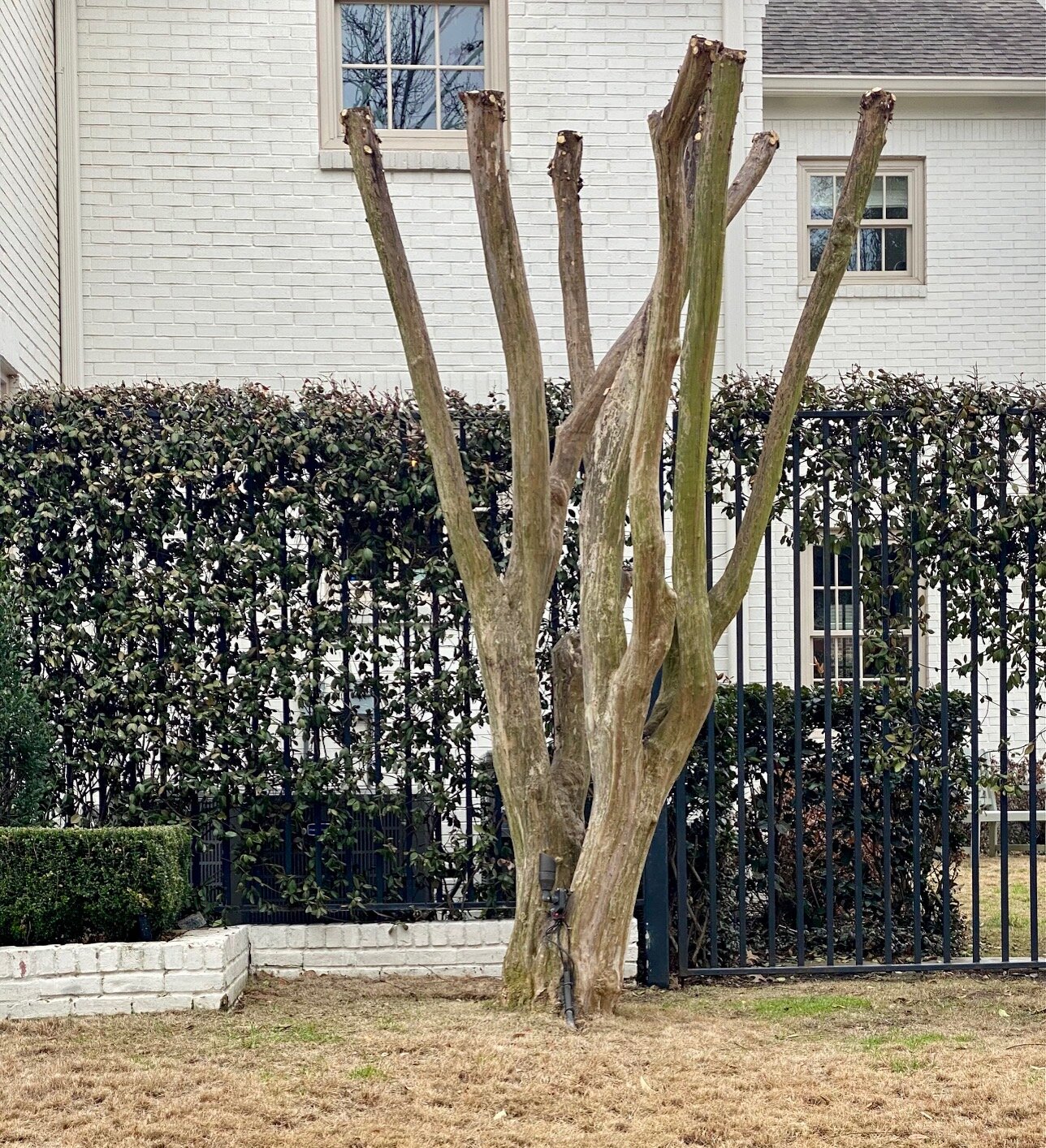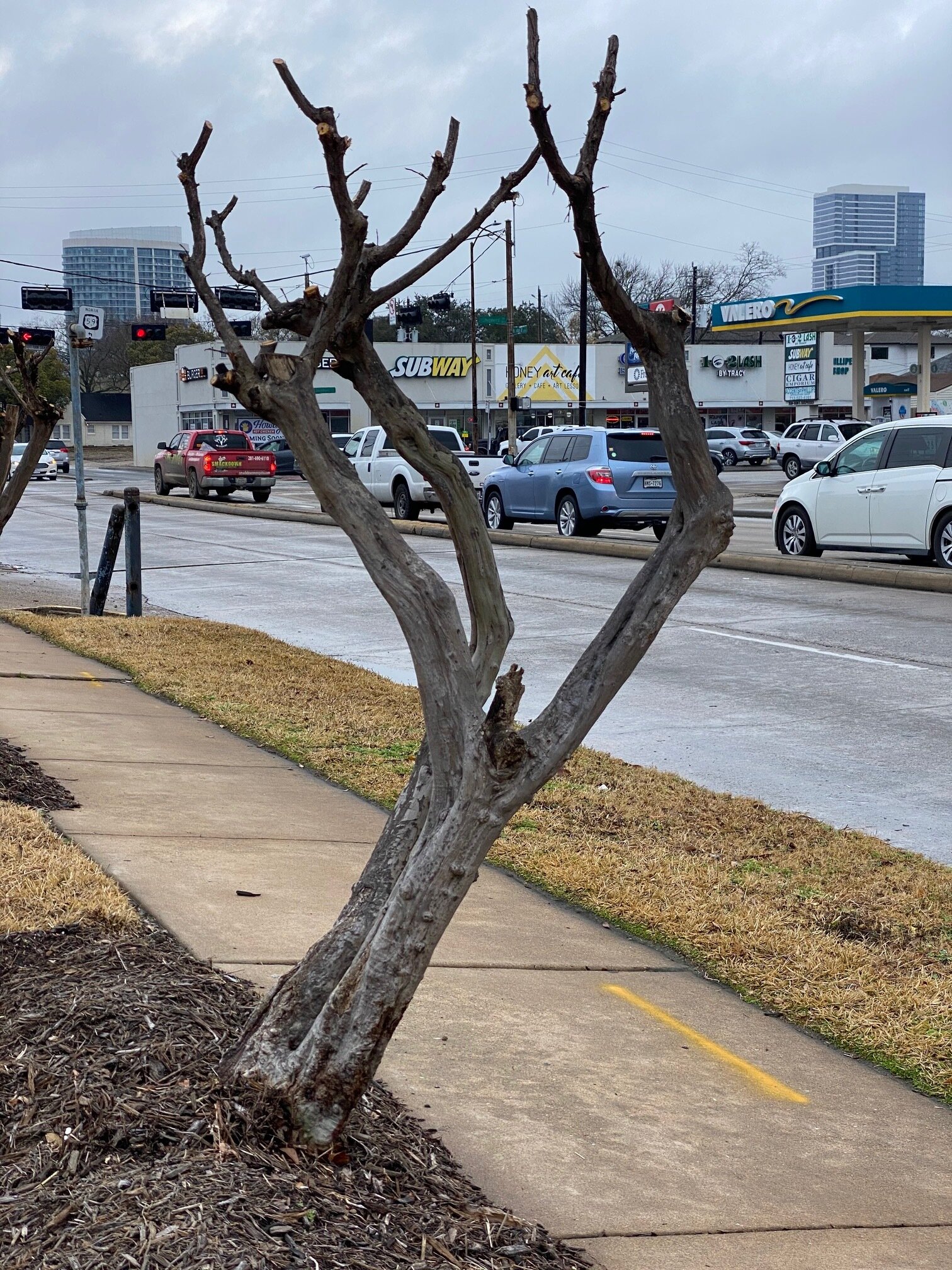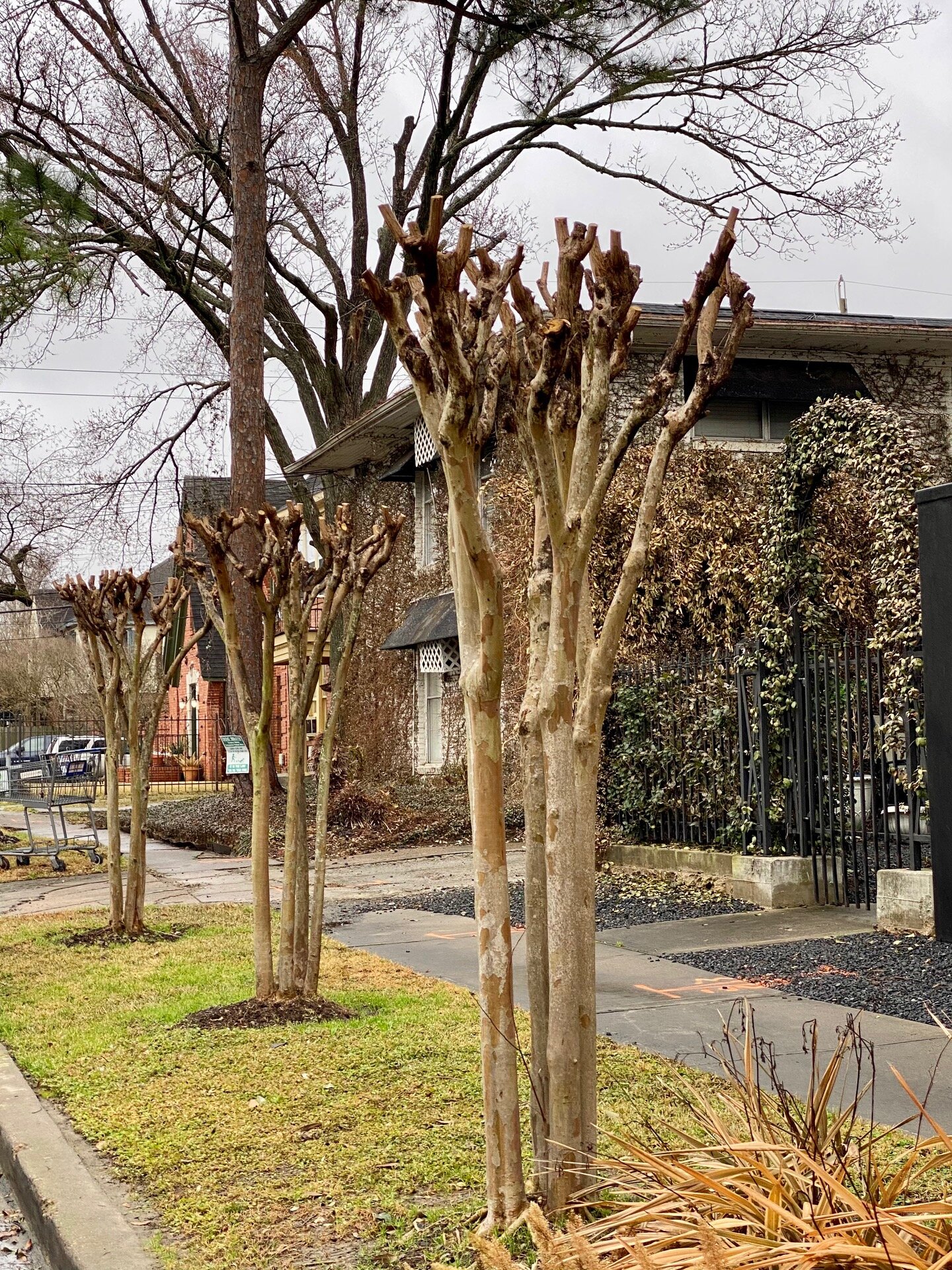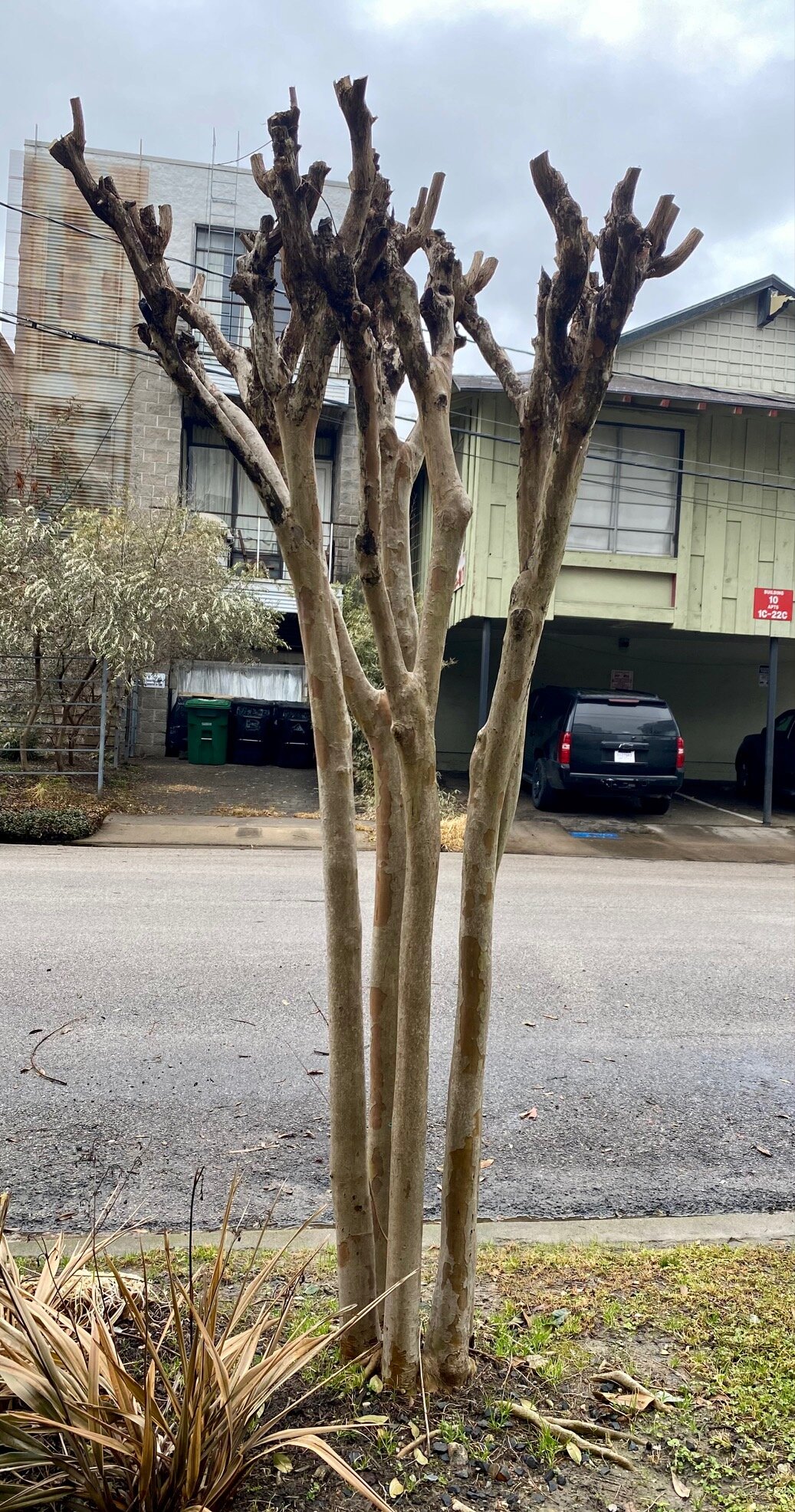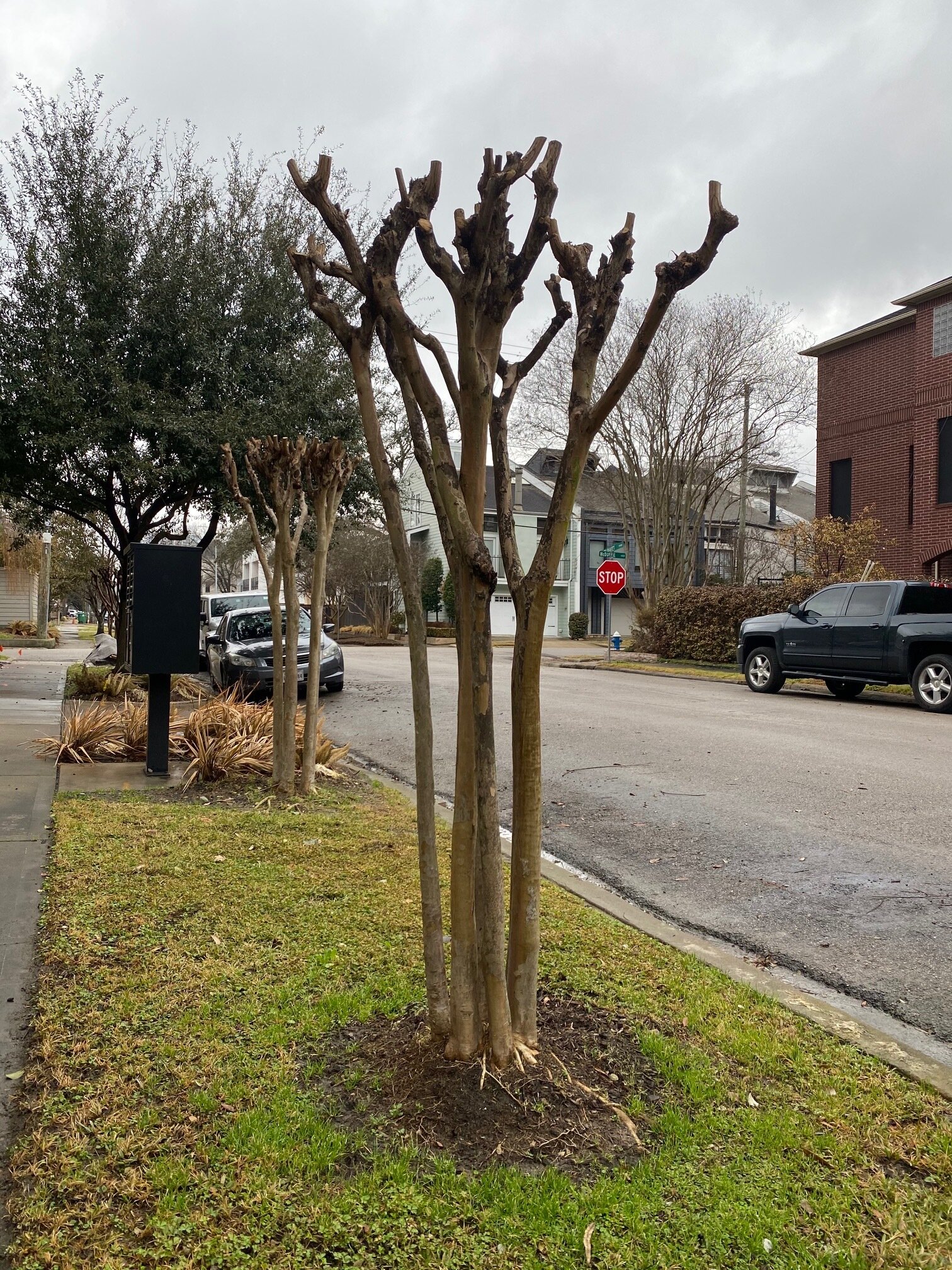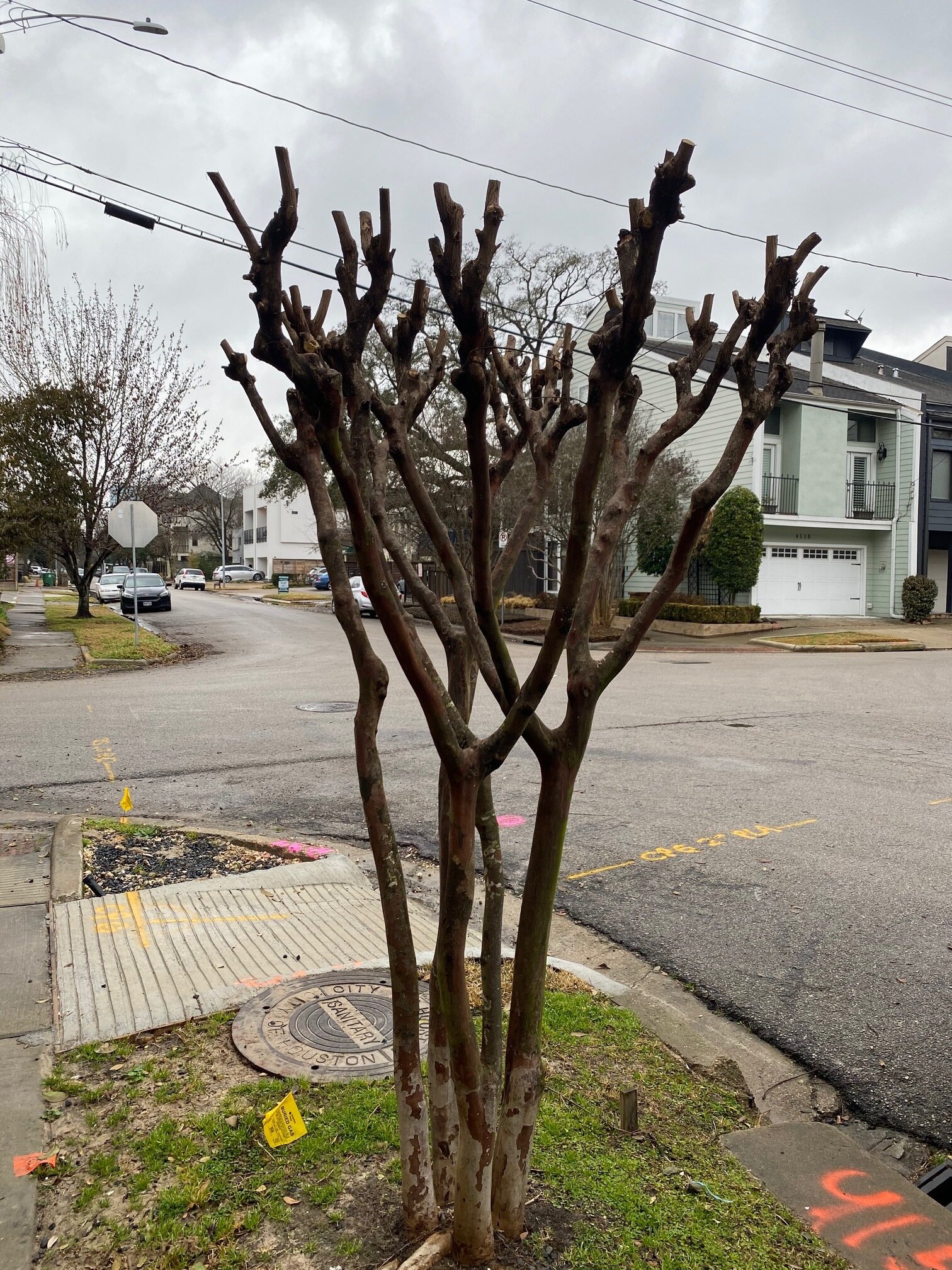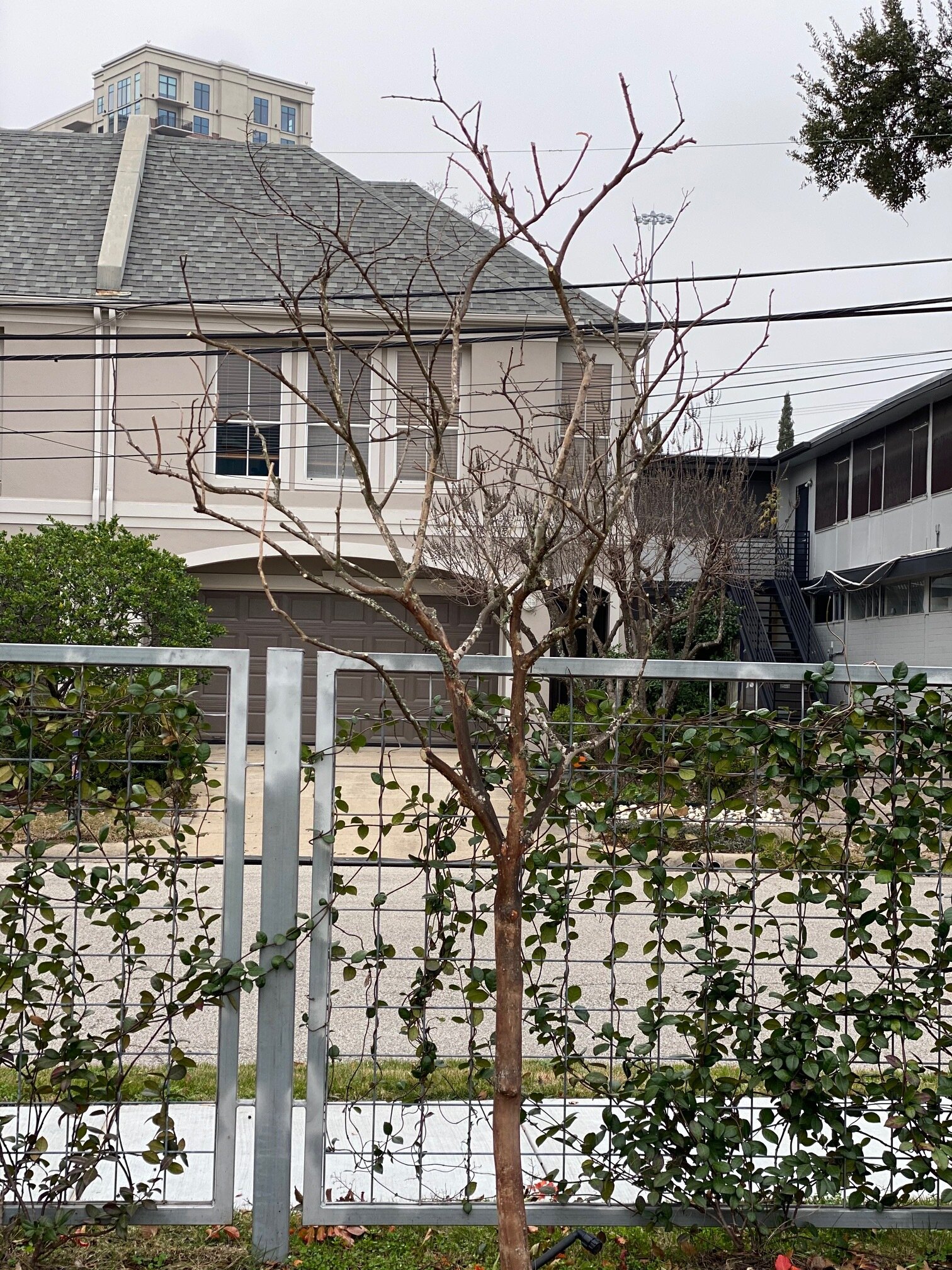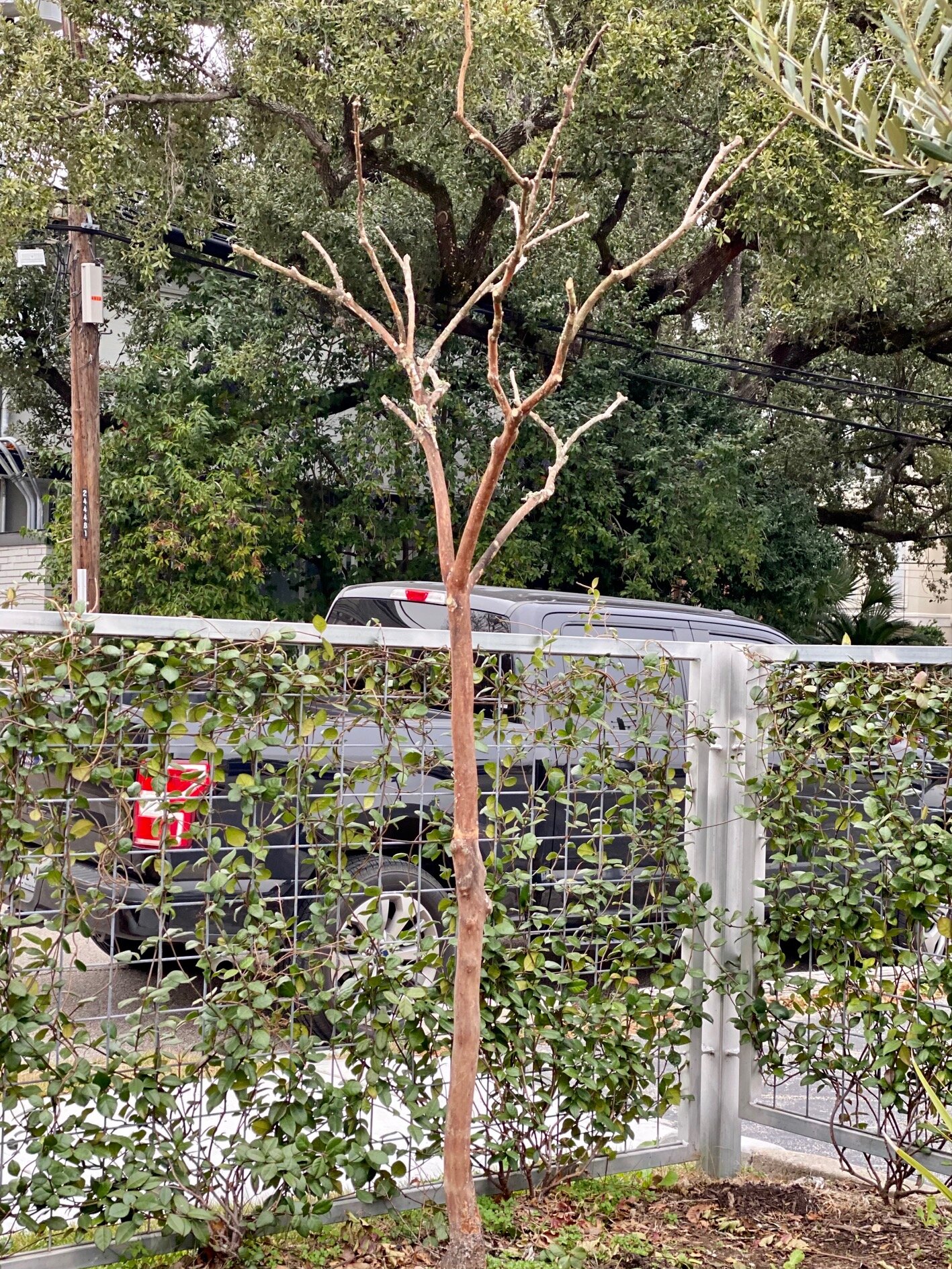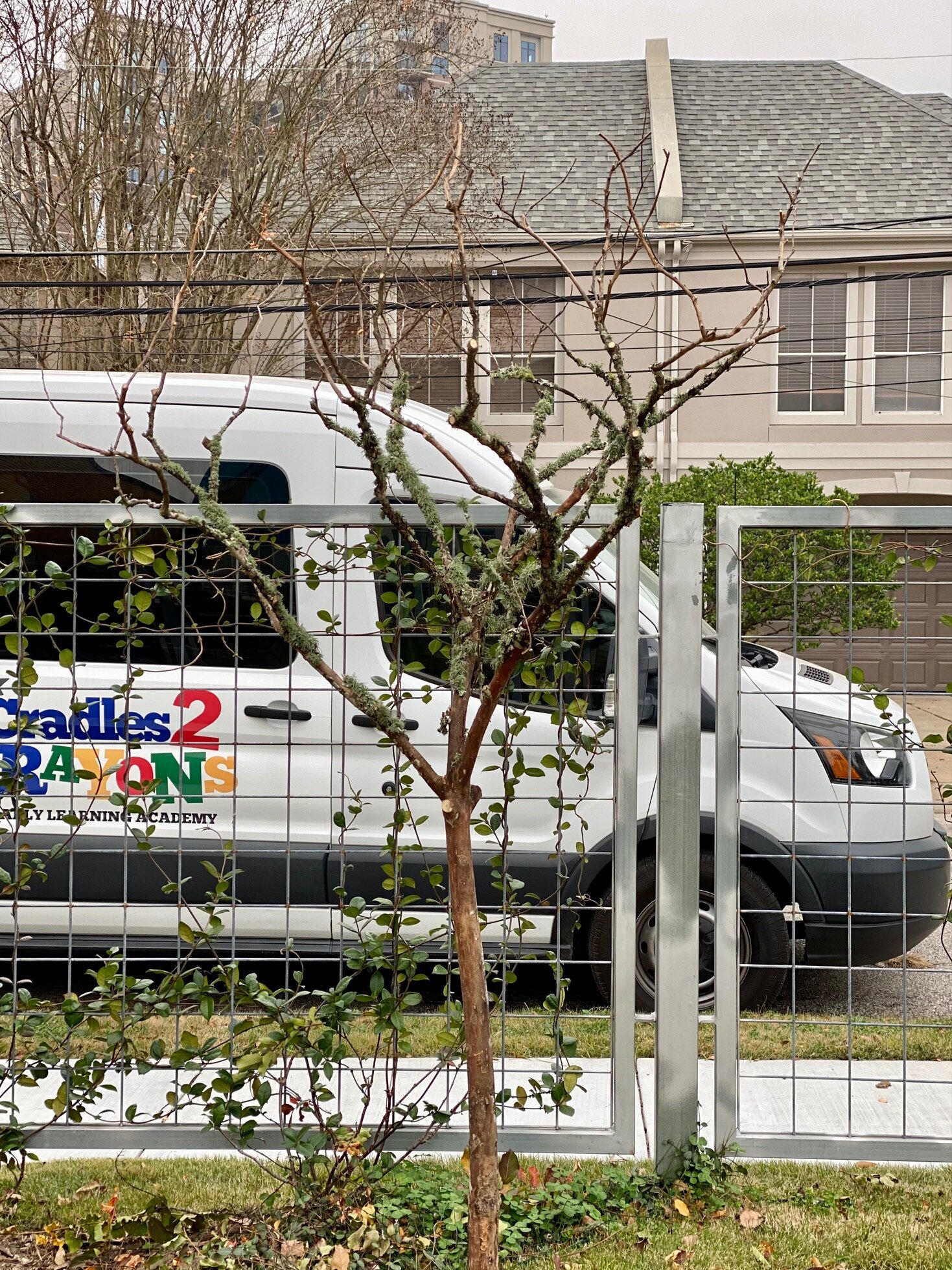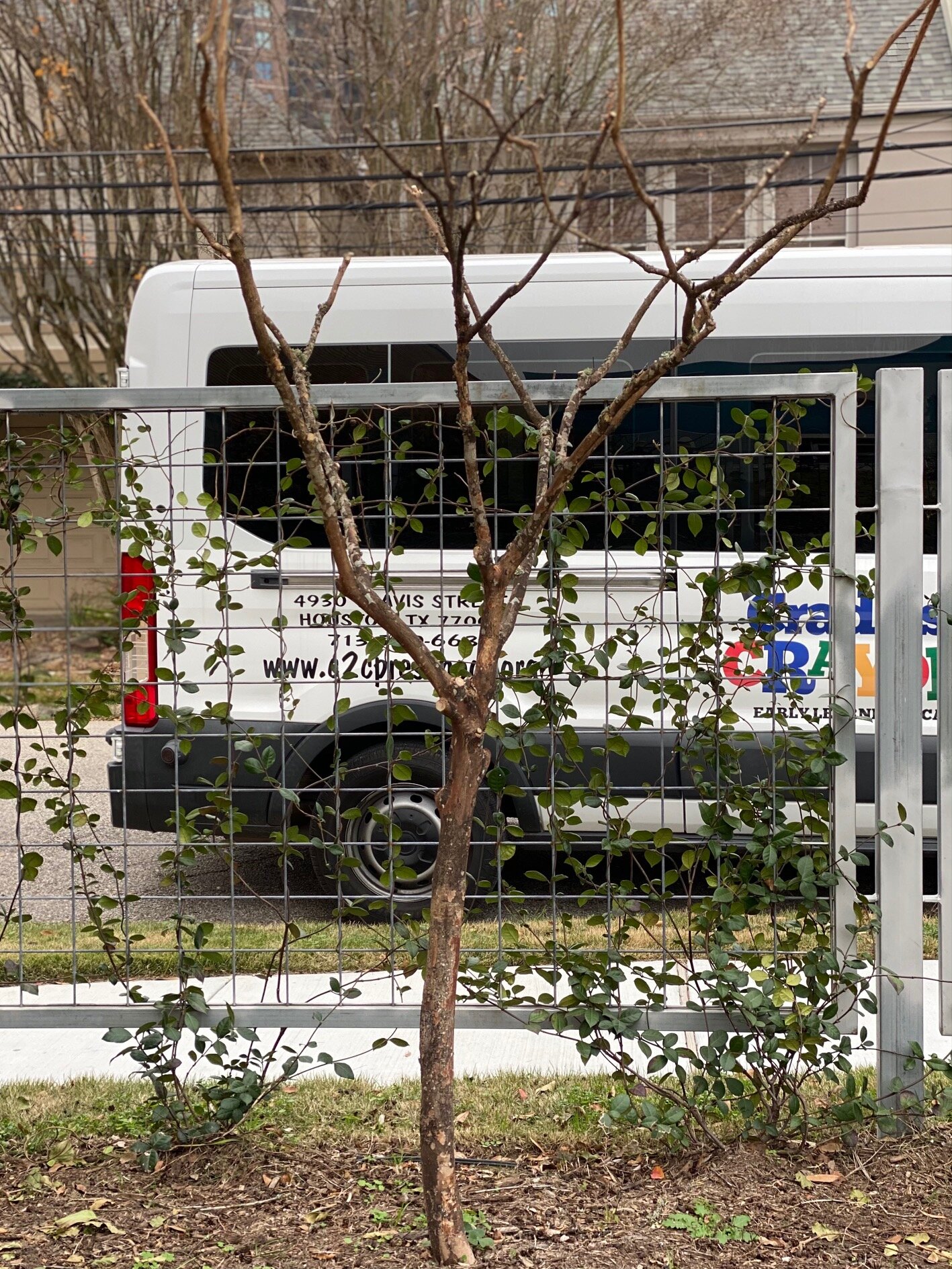"If you want to make small changes, change how you do things;
if you want to make big changes, change how you see things."
— In Dirt to Soil, Gabe Brown
How do we restore an ecological balance in Houston? We see Houston in the global ecosystem, see our relationship with wildlife and sea life of the western hemisphere.
Houston
See — Houston can balance humanity and urban wildlife.
Site-Specific installation: Symbiosis is a micro-ecosystem in an important ecological space.
Houston is 600 square miles of mostly privately owned land inhabited by 2.3 million organisms, on the Gulf Coast of South-Eastern North America. Its rainwater runoff feeds the ocean and impacts reefs one hundred miles into the seas. Chemicals from Houston are reported killing reefs 100 miles into the Gulf.
Drain
See — The pesticides, herbicides, and fungicides used to keep Houston’s commercial, residential city and county landscapes manicured are leached by rainwaters that drain into the Gulf of Mexico from our streets.
The plants in Symbiosis do not need chemical inputs to thrive. They have evolved to withstand droughts floods and freezing temperatures.
Located near the lower apex of the triangular-shaped North American continent Houston’s land and water provide nesting, hydration, and nutrition for animals that utilize this critical migratory pathway that funnels migratory life between the northern and southern continents of the western hemisphere. More than one in four birds in the U.S. and Canada has disappeared within my lifetime. Birds play crucial roles in maintaining an ecological balance on the coastal prairie, from eating mosquitos to providing food for scavengers and decomposers.
One In Four Birds In the US Has disappeared In My Lifetime.
See — that birds play crucial roles in maintaining an ecological balance on the coastal prairie, from eating mosquitos to providing food for scavengers and decomposers.
Symbiosis is building living soil that supports bugs, beetles and insects that birds need to feed their young.
A male American Robin sits on the fence at Lawndale at the light of day June 18th, 2021 with Gulf fritillary larvae in his mouth. Until Symbiosis was installed birds flew over Lawndale. The garden was sterile of what modern civilization calls landscape pests/what birds feed their young. The sculpture garden did not offer food or habitat for birds.
Larvae of Gulf Frittilary butterfly – Detail of Symbiosis
See — An important nutrient necessary for birds young to thrive.
With native plants in our urban gardens and commercial outdoor spaces, chemical inputs are not necessary. Chemical-free yards will help bring back the 1107 species once common in the Coastal Prairie.
Houston, the site, has experienced extreme flooding and weather conditions. We are located where once was the Coastal Prairie ecosystem that sequestered Carbon like an upside-down rainforest and absorbed water like a sponge. Of that original landscape, only 1% still exists. And yet, we can see an opportunity to capitalize on Houston’s reputation as the city of energy and cultural diversity. We can mitigate global warming and extreme weather conditions by changing how we see our role in a balanced ecosystem.
Lawndale Symbiosis
Lawndale’s sculpture garden is a micro-ecosystem within an important macro-ecosystem that casts a wide net.
Symbionts
The Passiflora incarnata provides nectar for pollinators. Native bees are the original regenerative farmers, they take nectar and regenerate the flower pollinating the Passiflora incarnata.
This is one species of the 4,000 bees native to the US. (Please note this is not a honey bee. Honey bees are not native to the US. They are part of the industrial farming ecological problem.)
I see an opportunity to create the visual for environmental change. I see hope.
“Look closely at nature and you will understand everything better” - Albert Einstein
Look closely at your micro-ecosystem.
To sustain is not enough. Our civilization has depleted the Earth's soil. It is not enough to sustain a depleted planet; we must all do our part and regenerate soil health to sustain life. Regenerating the Earth’s soil is an ongoing DIY project.
ART CAN ONLY ACTIVATE CHANGE WITH YOUR ADDED PERFORMANCE
—If you care about the environment, help get the conversation going and restore an ecological balance in Houston. Post one image of Houston native plants and or wildlife on Instagram #lawndalesymbiosis and tag two friends.
In addition, forward this to two friends.
Ask two friends to do the same, and ask them to ask two more friends, building a pyramid of activism.
For an enhanced experience viewing Houston’s wildlife and landscape I recommend the citizen science apps
“iNaturalist” and “Seek”.










